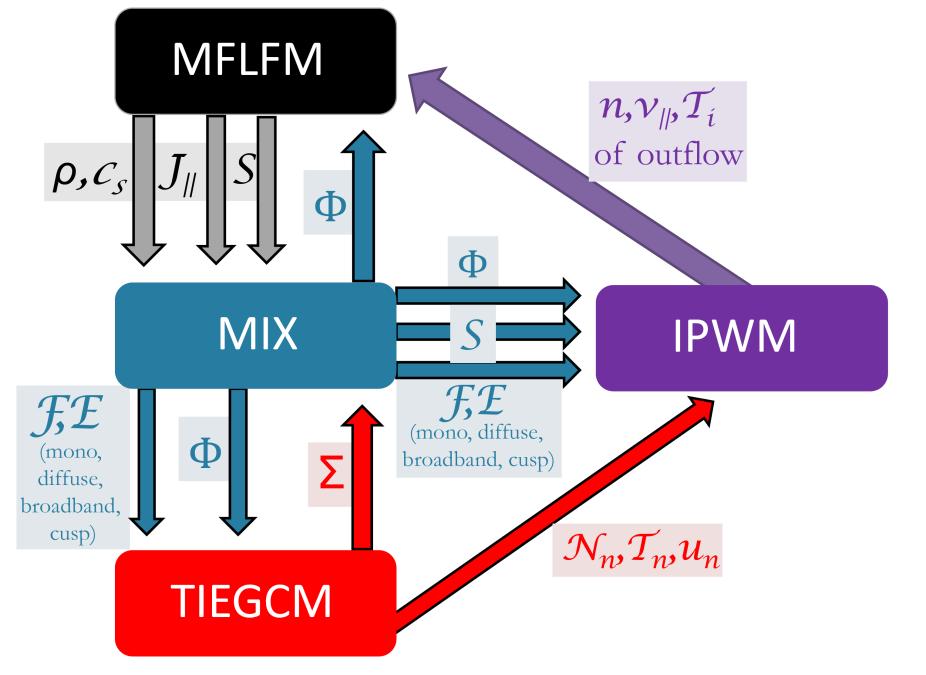
Latest coupled model of thermosphere-ionosphere-magnet
Kevin Pham, William Lotko, Roger Varney, Binzheng Zhang, Jing Liu have taken a key step in evaluating the importance of ionospheric outflows relative to electrodynamic coupling in the thermosphere’s impact on geospace dynamics. We isolated the thermosphere’s material influence and suppressed electrodynamic feedback in whole geospace simulations by imposing a time-constant ionospheric conductance in the ionospheric Ohm’s law in a coupled model that combines the multi-fluid Lyon-Fedder-Mobarry magnetosphere model with the Thermosphere Ionosphere Electrodynamic General Circulation Model and the Ionosphere Polar Wind Model that includes both polar wind and transversely accelerated ion species. Numerical experiments were conducted for different thermospheric states parameterized by F10.7 for interplanetary driving representative of the stream interaction region that swept past Earth on 27 March 2003. We demonstrate that thermosphere through its regulation of ionospheric outflows influences magnetosphere-ionosphere (MI) convection and the ion composition, symmetries, x-line perimeter and magnetic merging of the magnetosphere. Feedback to the ionosphere-thermosphere from evolving MI convection, and Alfvénic Poynting fluxes and soft (~ few 100 eV) electron precipitation originating in the magnetosphere, in turn, modify the evolving O+ outflow properties. The simulation results identify a variety of observed magnetospheric features that are attributable directly to the thermosphere’s material influence: Asymmetries in O+ outflow fluxes and velocities in the pre/postnoon low-altitude magnetosphere, dawn/duskside lobes and pre/postmidnight plasmasheet; O+ distribution of the plasmasheet; magnetic x-line location and reconnection rate along it. O+ outflows during solar maximum conditions (high F10.7) tend to counteract the plasmasheet’s pre/postmidnight asymmetries caused by the night-to-day gradient in ionospheric Hall conductance.